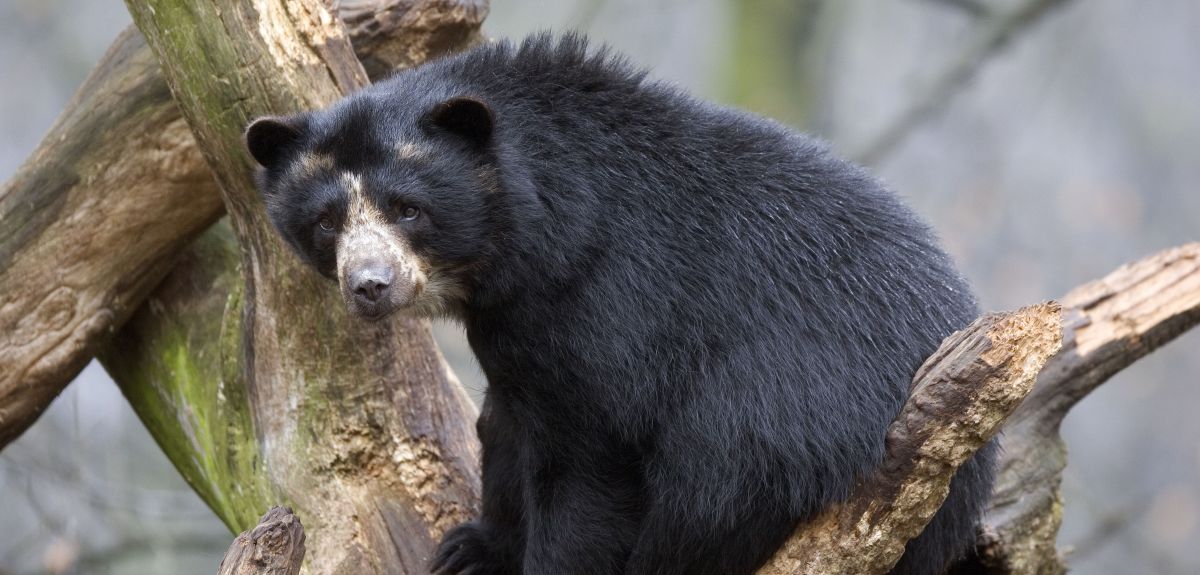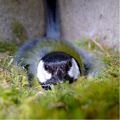
Learning to live with bears
Shrinking habitat, crop and livestock raids, and the temptations of human garbage are all factors that can lead to human-bear conflict according to the first global study of the problem.
Researchers from Oxford University's Wildlife Conservation Research Unit (WildCRU) surveyed six bear species across 54 countries with the help of 104 experts from around the world. The resulting report is published in the journal Conservation Letters.
The team defined human-bear conflict as any situation where wild bears use (undesirably) or damage human property; where wild bears harm people; or where people perceive bears to be a direct threat to their property or safety.
'Human-bear conflicts cause annoyance, financial losses, injuries, and even death to people. In poorer parts of the world, conflicts with bears can affect local economies. In return, retaliation against bears may threaten the future of small, isolated populations,' explains report author Dr Ozgun Emre Can of Oxford University's WildCRU. 'According to the United Nations, by 2050, 87% of world's population will be living in the developing world. This means that many people will find themselves near populations of bears, making conflicts increasingly likely. The problem will only become worse if it is ignored today.'
But, the research shows, the problem is a complex one as bears and the human communities they interact with are very different around the world. For the black and brown (grizzly) bears in North America the major driver of conflict with humans is the availability of human food waste in bins combined with the sporadic failure of natural food sources. For brown bears in Asia, Asiatic black bears, Andean bears and sloth bears habitat loss due to human encroachment is the primary source of conflict. Meanwhile, Europe's brown bears are most likely to clash with humans over raids on livestock or beehives.
'Our study shows that the problem is worsening in terms of severity of conflicts and their impact on bear conservation on all four continents inhabited by bears,' Emre tells me. 'In Asia and South America, conflicts cause hardship for people, affect the rural economy, and hinder the acceptance of conservation initiatives.'
With species where the real or perceived risk of bears attacking humans is higher, as with sloth bears, it can be much more difficult for communities to tolerate their ursine neighbours. But even where attacks on humans are rare, as with Andean bears, the threat to people's livelihoods – in the case of Andean bears raids on livestock – can lower the tolerance of bear populations.
'If coexistence of humans and bears cannot be established in areas of recovering populations in Europe, it is evident that much effort will be needed to achieve effective conservation in less developed areas of the world,' comments Emre. 'In areas where conflict is a threat to the viability of bears, there is a need for international conservation groups and institutions to promote and aid in conflict management.'
What is needed are 'holistic' solutions to conflict, the report argues, that work for humans and involve local people as well as working for the bears. One example of this kind of solution comes from Rize, a province in northern Turkey: traditionally local people had placed beehives in cracks in cliff faces or on shelves on rock walls to discourage bear raiding. Researchers designed a new kind of safer, low-tech bear-proof platform supported on poles to keep hives out of reach. This approach could now be trialled elsewhere in Turkey. The researchers say that such conflict management approaches are also relevant to human conflict with other animals such as tigers and lions.
Emre hopes that we can all learn to live in harmony with these charismatic creatures: 'I find it interesting that the bear is probably the most popular toy for children all around the world. Therefore the species can be promoted as a global flagship species to reach people from different cultures but it seems somehow we have forgotten our best childhood friend. Why did it happen?'
A report of the research, entitled 'Resolving human-bear conflict: a global survey of countries, experts, and key factors', is published in Conservation Letters.
The study was supported by World Animal Protection.
 Valuing our oceans
Valuing our oceans Bold birds show 'live fast, die young' attitude
Bold birds show 'live fast, die young' attitude Land of the bacteria-eaters
Land of the bacteria-eaters Shootout at the OK Colon
Shootout at the OK Colon Where did the Moon come from?
Where did the Moon come from?